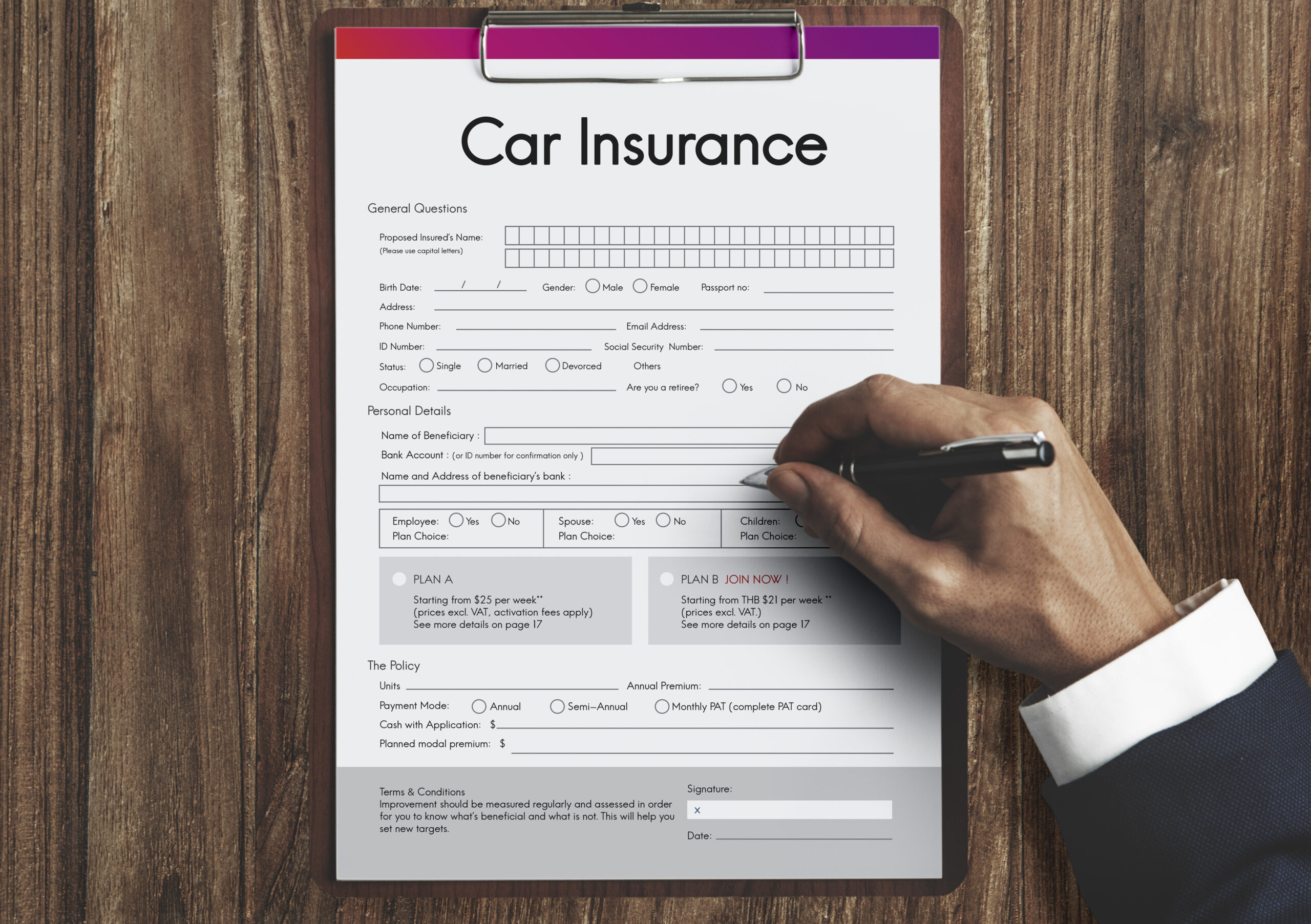Auto insurance is a critical component of responsible driving, ensuring that drivers have financial protection in case of an accident. In the United States, auto insurance laws vary significantly from state to state, and understanding these differences is essential. Whether you’re a new driver, moving to a different state, or simply want to ensure you’re compliant, this guide will help you understand the key aspects of auto insurance laws by state and how to make informed decisions about your coverage.
Why Auto Insurance Laws Vary by State
Each state has the authority to set its own auto insurance requirements. This means that what’s legally mandated in one state may not be necessary in another. States consider various factors when setting these requirements, including population density, accident rates, and healthcare costs. Let’s explore some of the primary reasons why these variations exist.
Factors Influencing State Auto Insurance Laws
- Traffic Conditions: States with higher traffic density and accident rates often implement more stringent insurance requirements.
- Healthcare Costs: States with high healthcare expenses may have higher liability coverage minimums to ensure accident victims receive adequate medical attention.
- Population Density: Urban areas with dense populations have higher risks of accidents and tend to enforce stricter insurance laws than rural states.
- Accident Statistics: States with high accident rates or histories of uninsured drivers may enforce strict insurance mandates to reduce risk.
Each state’s Department of Insurance sets minimum coverage requirements, reflecting these considerations and aiming to balance affordability for residents with the need for sufficient coverage.
Mandatory vs. Optional Insurance Coverage
Understanding mandatory and optional coverage types is crucial. While each state has a minimum coverage requirement, drivers can also opt for additional coverage based on their needs.
Mandatory Coverage Requirements
- Liability Insurance: Required in almost every state, liability insurance covers the cost of damages and injuries to others if you’re at fault in an accident. It includes:
- Bodily Injury Liability (BIL): Covers medical expenses for injuries caused to other people.
- Property Damage Liability (PDL): Covers damage to property, such as another vehicle or structure.
- Personal Injury Protection (PIP): Often required in no-fault states, PIP covers medical expenses and sometimes lost wages for the driver and passengers, regardless of fault.
- Uninsured/Underinsured Motorist Coverage (UM/UIM): Required in some states, this protects you if you’re in an accident with an uninsured or underinsured driver.
Optional Coverage Choices
In addition to mandatory coverage, drivers can choose from several optional types of insurance, which can offer more comprehensive protection:
- Collision Coverage: Covers damages to your vehicle in the event of a collision, regardless of who’s at fault.
- Comprehensive Coverage: Provides protection for non-collision-related incidents like theft, fire, or vandalism.
- Medical Payments Coverage (MedPay): Offers medical expense coverage for injuries sustained by the driver and passengers, similar to PIP.
- Rental Car Reimbursement: Covers the cost of a rental car if your vehicle is being repaired after an accident.
- Roadside Assistance: Provides support services such as towing, tire changes, and jump-starts.
No-Fault vs. Tort States: How They Impact Insurance Requirements
One of the biggest distinctions in auto insurance laws across states is between no-fault and tort states.
No-Fault States
In no-fault states, drivers are required to carry Personal Injury Protection (PIP), which covers medical expenses and lost wages for the driver and passengers regardless of fault. This system is intended to reduce the need for lawsuits by allowing each driver’s insurance to cover their injuries.
- Examples of No-Fault States: Florida, Michigan, New York, and Pennsylvania are examples of no-fault states.
Tort States
Tort states operate under a fault-based system, where the at-fault driver’s insurance is responsible for covering damages to the other party. Drivers in tort states are usually required to carry liability insurance to cover any damages they might cause to others.
- Examples of Tort States: Texas, California, Illinois, and Ohio are among the states that follow a tort-based insurance system.
Hybrid or Choice No-Fault States
Some states offer a choice no-fault system, allowing drivers to choose between no-fault and traditional tort coverage. This gives drivers more flexibility, but it’s essential to understand the benefits and costs associated with each option.
State-by-State Guide to Minimum Auto Insurance Requirements
Since auto insurance requirements vary by state, here’s an overview of the minimum coverage standards for a selection of states. Be sure to check with your state’s Department of Insurance for the latest requirements.
California
- Bodily Injury Liability: $15,000 per person and $30,000 per accident.
- Property Damage Liability: $5,000 per accident.
- Notes: California does not require Personal Injury Protection (PIP) or Uninsured Motorist Coverage, but drivers may add these for extra protection.
Texas
- Bodily Injury Liability: $30,000 per person and $60,000 per accident.
- Property Damage Liability: $25,000 per accident.
- Notes: Known as the “30/60/25” coverage rule, Texas allows for additional options such as PIP, UM/UIM, and more comprehensive policies.
Florida
- Personal Injury Protection (PIP): $10,000.
- Property Damage Liability: $10,000.
- Notes: As a no-fault state, Florida requires drivers to carry PIP but has no bodily injury liability requirement.
New York
- Bodily Injury Liability: $25,000 per person and $50,000 per accident.
- Property Damage Liability: $10,000.
- Personal Injury Protection (PIP): $50,000 minimum.
- Notes: As a no-fault state, New York mandates high PIP limits to cover medical expenses.
Illinois
- Bodily Injury Liability: $25,000 per person and $50,000 per accident.
- Property Damage Liability: $20,000 per accident.
- Uninsured Motorist Coverage: Equal to liability limits.
- Notes: Illinois requires UM coverage equal to liability limits, ensuring protection against uninsured drivers.
Pennsylvania
- Bodily Injury Liability: $15,000 per person and $30,000 per accident.
- Property Damage Liability: $5,000.
- Personal Injury Protection (PIP): $5,000 minimum.
- Notes: Pennsylvania is a choice no-fault state, allowing drivers to opt into or out of no-fault coverage.
Consequences of Driving Without Insurance
Driving without insurance is illegal in nearly every state, and the penalties can be severe.
Common Penalties Across States
- Fines and Fees: Drivers without insurance may face significant fines.
- License Suspension: States may suspend or revoke driving privileges for uninsured drivers.
- Vehicle Impoundment: Some states may impound vehicles driven without insurance.
- SR-22 Requirement: Repeat offenders may be required to obtain an SR-22, which certifies their insurance coverage.
Long-Term Impact on Insurance Rates
If caught driving without insurance, your rates may increase dramatically. Insurance companies often view uninsured driving as high-risk behavior, leading to more expensive premiums in the future.
How to Choose Coverage Beyond State Minimums
While the minimum requirements may cover legal needs, they may not provide adequate financial protection. Here are some factors to consider when deciding on additional coverage.
Evaluating Personal Needs
Consider the value of your vehicle, personal finances, and lifestyle. If you drive frequently, live in a high-traffic area, or own a newer vehicle, comprehensive and collision coverage may be beneficial.
Benefits of Additional Coverage
- Increased Liability Limits: Protects against costly lawsuits and high medical bills.
- Comprehensive Protection: Covers more than just liability, including theft, weather-related damage, and vandalism.
- Peace of Mind: Provides assurance that you’re protected from various risks beyond state minimums.
Common Myths About State Auto Insurance Laws
Misunderstanding state insurance laws can lead to costly mistakes. Here, we address some of the most common misconceptions.
Myth 1: Minimum Coverage Is Enough for Everyone
While meeting the legal minimums is essential, minimum coverage may not be enough to cover all expenses in a severe accident. Higher limits and additional protections offer more comprehensive support.
Myth 2: Uninsured Motorist Coverage Is Unnecessary
Even if it’s not mandated in your state, UM coverage can be crucial. If you’re in an accident with an uninsured driver, this coverage helps avoid out-of-pocket expenses.
Myth 3: State Minimums Cover Personal Injuries
In many states, minimum coverage only includes liability for others, not personal injuries. Personal Injury Protection or Medical Payments Coverage is essential for covering your medical expenses.
Frequently Asked Questions About State Auto Insurance Laws
- Do insurance requirements change frequently?
Insurance laws can change, but significant adjustments are infrequent. It’s wise to review your policy annually. - What happens if I move to a new state?
You’ll need to update your policy to meet your new state’s requirements. Insurance companies can assist with policy adjustments. - Can I get coverage beyond my state’s minimum requirements?
Yes, insurers offer options to exceed minimum coverage, providing added financial protection.
You can also read :Minimum Auto Insurance Requirements: What You Need to Know
Conclusion
Understanding state-specific auto insurance laws is essential for every driver. While each state sets unique requirements based on local needs, being knowledgeable about these regulations ensures that you’re legally compliant and adequately protected. Meeting the minimum requirements is essential, but many drivers find that additional coverage better protects them financially in the event of an accident. As you consider your coverage options, consult with an insurance provider to find the best balance between compliance and protection tailored to your needs.

